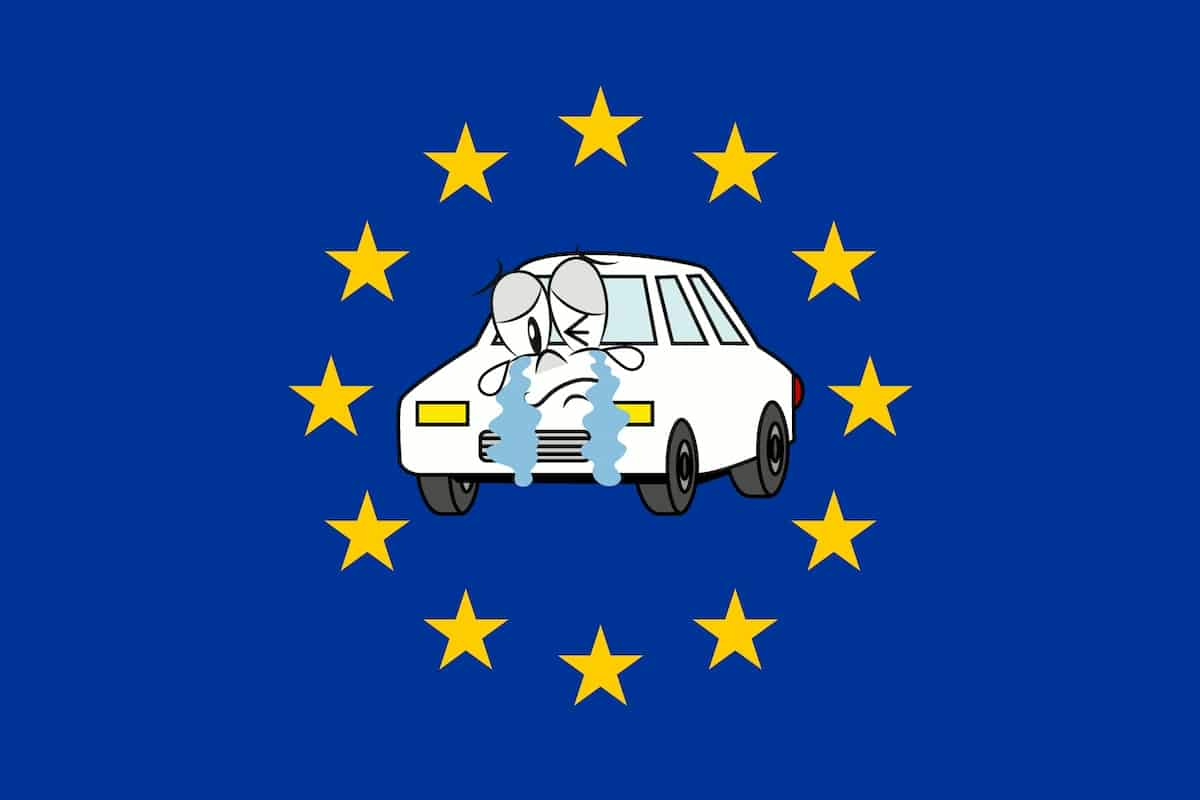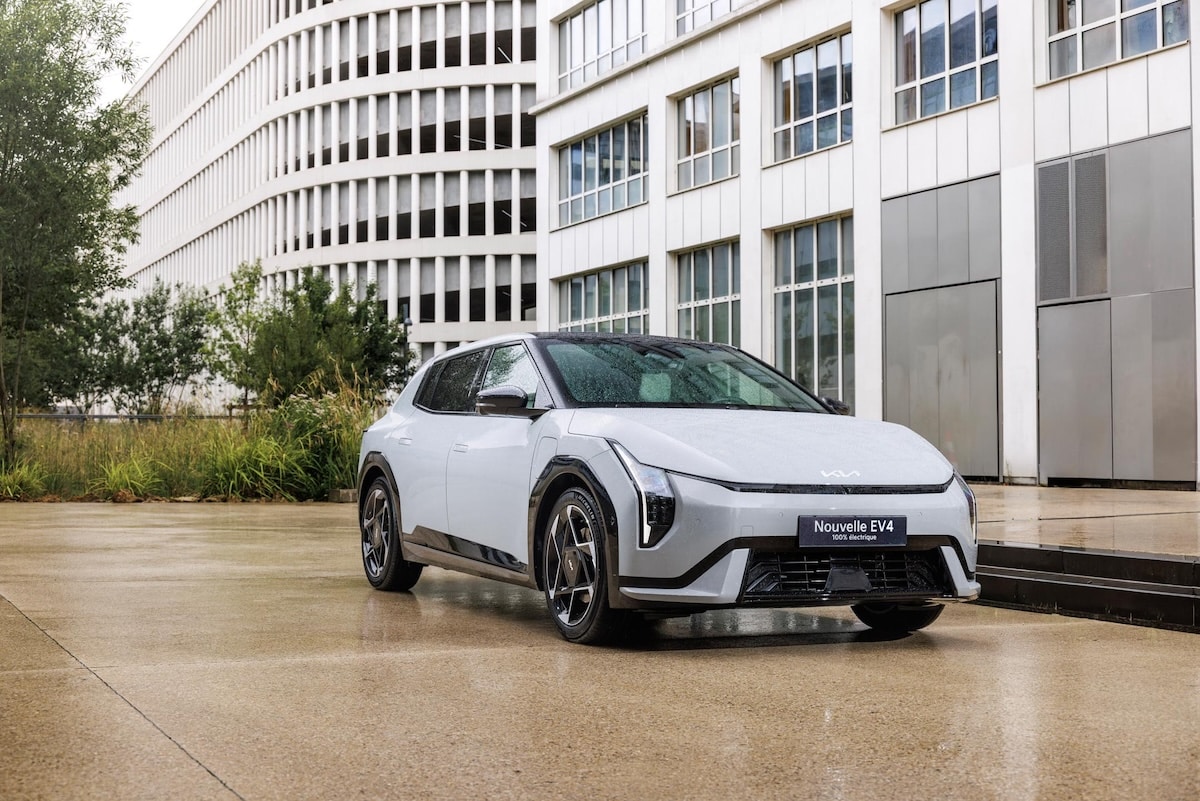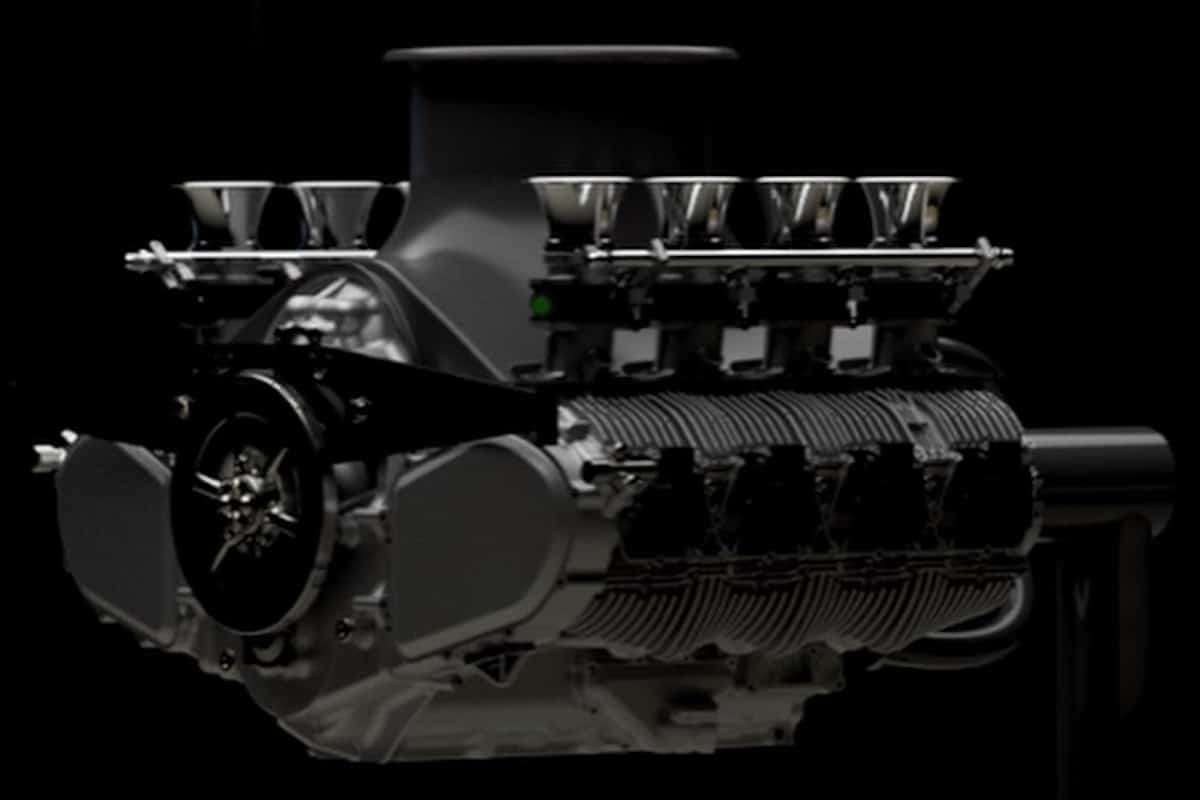Is the European Automobile Industry Really in Danger of Death?
This page is translated from the original post "L’Automobile européenne est-elle vraiment en danger de mort ?" in French.

Stupidly provocative, the choice of words is deeply unbearable, but it unfortunately reflects the precarious situation of the European automotive industry.
The European automotive sector is undergoing an unprecedented crisis. Stéphane Séjourné, European Commissioner for Industry, stated that the industry is in “mortal danger” at the launch of an ambitious plan to revive this pillar of the economy. Employing around 13 million people and representing 7% of the EU’s GDP, this key sector is experiencing increasing pressure from factory closures and heightened global competition.
Despite the particularly dubious, even foolish, choice of words in light of the current global geopolitical situation, it nonetheless reflects a grim reality for the European automotive industry. The strategy unveiled on Wednesday aims to strengthen the sector’s competitiveness while accelerating the ecological transition. Key measures include increased support for European battery production and speeding up the adoption of electric vehicles (EVs) through corporate fleets. “The European Commission abandons its naivety to protect the sector and allow it to become more competitive,” Séjourné stated during a visit to the Renault factory in Douai, northern France. The shift towards comprehensive support rather than blanket bonuses is interesting; it remains to be seen how it will be implemented.
A real will behind the words?
In the face of rising competition from Chinese and American manufacturers, the EU refuses to capitulate in the race for EVs. Séjourné insists: “Europe has not lost the battle for electric cars.” However, warning signals are multiplying, particularly after a drop in the market share of EVs in Europe in 2024, which fell to 13.6%.
To reverse this trend, Brussels considers imposing obligations on companies, such as quotas for electric car purchases, which could be included in a text presented by the end of the year. National tax incentives would also be encouraged to stimulate sales. Corporate fleets, representing nearly 60% of new registrations, are seen as a strategic leverage for the automotive transition.
READ ALSO: The collapse of Tesla’s sales worsens
We also suggestthese articles:
Also read




